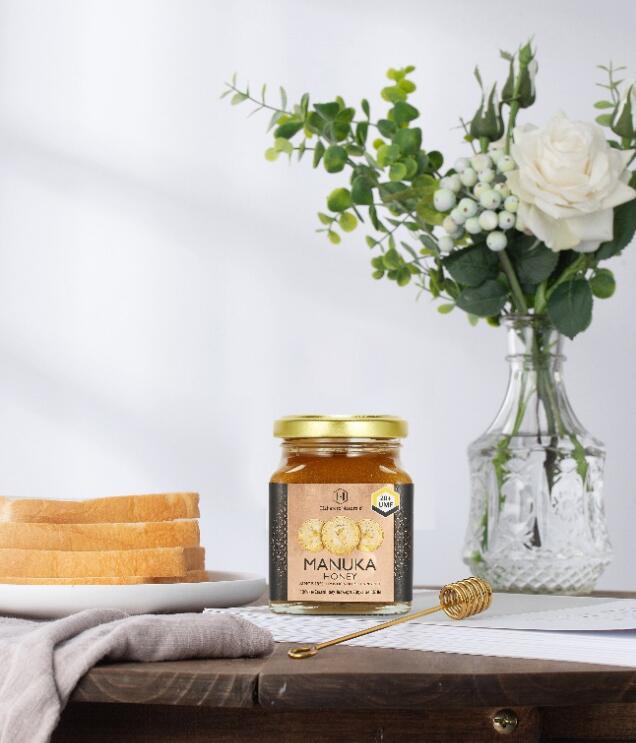Time:2022-09-20
What Is MGO?
MGO is a naturally occurring compound that can be found in many different plant sources, including the leaves of the arborvitae tree. It has a molecular structure that is very similar to that of glucose, and it is often used as a sweetener or as a dietary supplement. MGO is also known to have anti-inflammatory and antibacterial properties, making it an effective treatment for a wide range of skin conditions. In addition, MGO is thought to boost the immune system and promote healthy cell growth. For these reasons, MGO is increasingly being used in skincare products and supplements.
Methylglyoxal is a natural substance found in small amounts in all types of honey. However, it is especially abundant in Manuka honey, which is produced by bees that pollinate the Manuka tree. This unique property gives Manuka honey its distinctive flavor and also its healing properties. When applied to the skin, Manuka honey can help to treat wounds and burns. The methylglyoxal content of the honey helps to kill bacteria and promote the growth of new tissue. In addition, It has been shown to be effective in treating stomach ulcers and other digestive disorders. The unique properties of methylglyoxal make Manuka honey a truly remarkable natural remedy.

How Is MGO Value Measured In Manuka Honey?
MGO value is a measure of the concentration of methylglyoxal in Manuka honey. Methylglyoxal is a compound that is naturally present in honey and is thought to contribute to its unique properties. The higher the concentration of methylglyoxal, the higher the MGO value. Manuka honey with a higher MGO value is thought to be more potent and have more health benefits than honey with a lower MGO value. There are a variety of methods for measuring the MGO value, but the most common is the HPLC method. This method involves passing a sample of honey through a column filled with an absorbent material. The absorbent material interacts with the methylglyoxal in the honey, and this interaction is used to calculate the MGO value. The HPLC method is considered to be the most accurate way to measure the MGO value of Manuka honey.
Why Choose MGO Manuka Honey?
Manuka honey is one of the most popular types of honey on the market today. This honey is known for its unique flavor and medicinal properties. It has been used for centuries by the Maori people for its healing powers. Today, Manuka honey is commonly used as a natural treatment for a variety of conditions, including sore throats, stomach ulcers, and wounds. One of the main reasons why Manuka honey is so popular is because it contains high levels of methylglyoxal (MGO). MGO is a compound that gives Manuka honey its antibacterial properties. Studies have shown that MGO-rich honey can be more effective at killing bacteria than some common antibiotics. For these reasons, Manuka honey is an excellent choice for those looking for a natural way to boost their health.
In conclusion, Manuka honey is a powerful antibacterial agent that can be used to treat a variety of medical conditions. UMF and MGO are two ways of measuring the potency of Manuka honey, so it’s important to understand the difference between the two scales if you’re looking for the most potent honey possible. Always look for products that have been tested and certified to have a high UMF or MGO rating in order to get the most benefit from this natural remedy.


